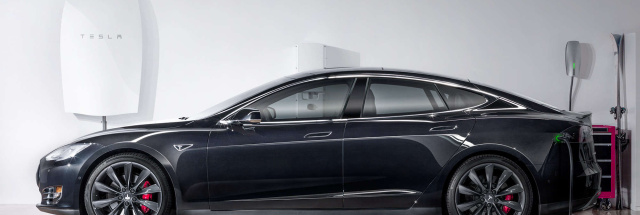older tech and using higher cost materials.
That's not the case in the battery world though. There is no "single best battery for every job". It's always a trade-off between energy density and performance -- how much energy you can cram into a single cell (of the same size/weight) varies depending on whether you want it to sustain "Spirited Driving" and Supercharging... or if you just want it to cram a ton of energy into the smallest(/cheapest) possible space, but charge and discharge it slowly and constantly.
As you might have guessed by this point in reading, that means Powerwall batteries can stand to be a fair bit different from vehicle batteries, to optimize for the application they're used in. You're not going to "floor your Powerwall" or Supercharge it any time soon.
There's a lot more that goes on inside a cell than just being "it's a lithium 18650". whatdaya think is inside, a tube of elemental lithium, or something... and magic makes it into a battery?

Lots of knobs to turn, there.
That said, the battery we have in the cars is
_already_ in the car, and the tuning for a Powerwall battery is done to make it more dense/smaller/cheaper tuned to the application of a Powerwall. The vehicle battery exceeds all those needs, and using it for stationary storage is probably
way better for it than using it for driving - as far as stress/duty on the battery goes. Heck, cars would often benefit from it, not being left fully-charged all the time when people have a "come home, plug it in" routine every night...
For what it's worth, Kia/Hyundai/Genesis has a common platform between the EV6/Ioniq 5/GV60, that includes a bidirectional OBC -- that can export power without wild warranty-voiding hacks. That is to say, while Tesla will grumble and "void your warranty" for it, the Kia folks will
sell you the freaking adapter to do it. Your move, Tesla!




